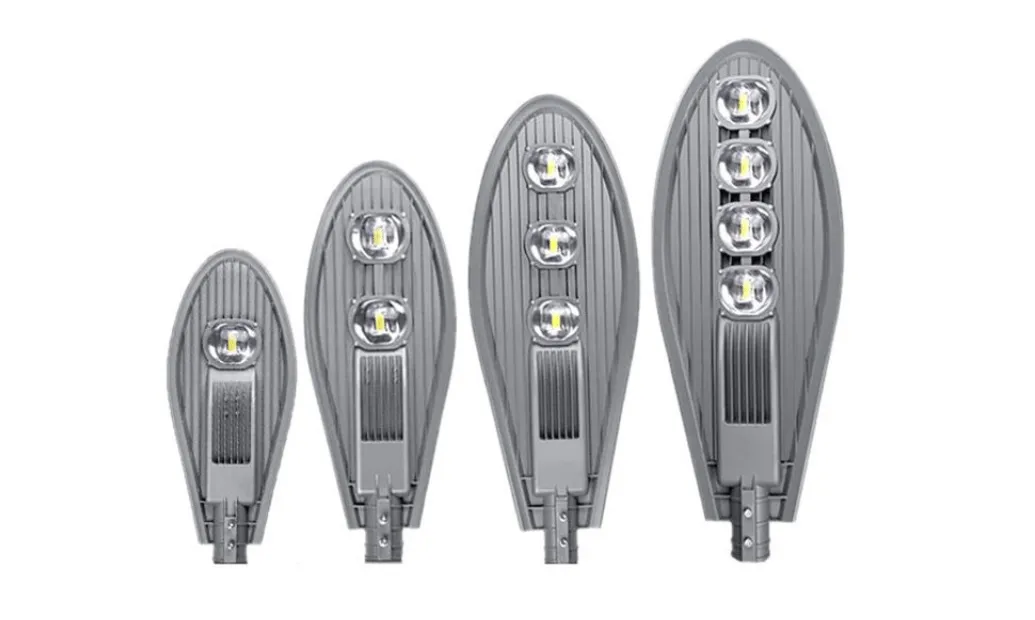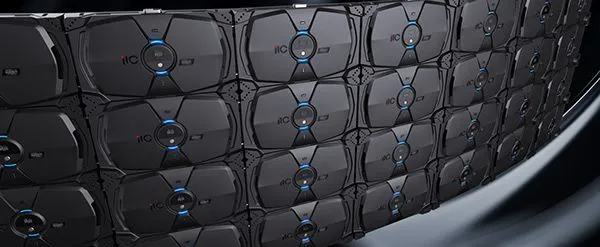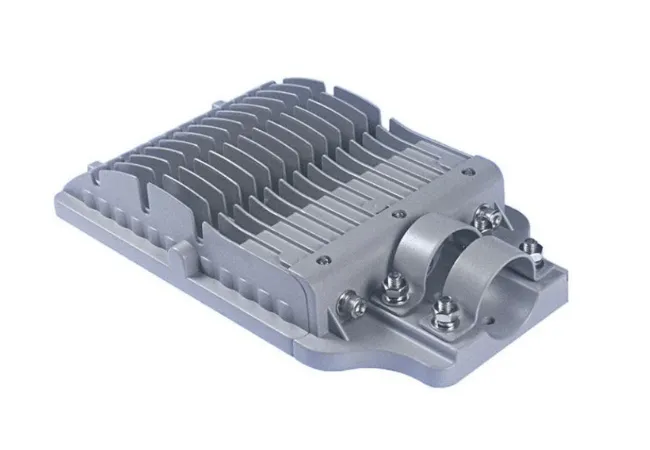Top 7 Benefits of Diecast Housing
Diecast housing has emerged as a cornerstone in various industries, providing a robust and reliable solution for protecting sensitive electronic components and mechanical parts. The die-casting process, utilizing molten metal injected into molds, allows for intricate designs and precise dimensions. This article delves into the top 7 benefits of utilizing diecast housing, showcasing why it remains a preferred choice for manufacturers across the globe. From enhanced durability and superior heat dissipation to cost-effectiveness and design flexibility, we will explore the advantages that make diecast housing a superior option. Understanding these benefits will help you make informed decisions when selecting the right housing for your project.
Enhanced Durability and Strength
One of the primary advantages of diecast housing is its exceptional durability and strength. The die-casting process utilizes high-pressure injection of molten metal, typically aluminum or zinc alloys, resulting in a dense and robust structure. This inherent strength makes diecast housings highly resistant to physical impacts, vibrations, and mechanical stress. The ability to withstand harsh conditions ensures that the components housed within are well-protected, extending the lifespan of the product. This characteristic is particularly crucial in industries where equipment is exposed to demanding environments, such as automotive, aerospace, and outdoor electronics. The robust nature of diecast housing significantly reduces the risk of damage and operational failures, making it a reliable choice for critical applications. The strength of diecast housing provides a protective barrier against external forces, ensuring the integrity and longevity of the enclosed components.
Resistance to Environmental Factors

Diecast housings exhibit remarkable resistance to environmental factors, making them ideal for both indoor and outdoor applications. The inherent properties of the materials used in die-casting, such as aluminum and zinc alloys, provide excellent protection against corrosion, rust, and oxidation. Furthermore, these housings can be treated with various surface finishes, including powder coating and anodizing, to further enhance their resistance to environmental elements. This resistance is critical in industries where equipment is exposed to moisture, extreme temperatures, or corrosive substances. The ability of diecast housings to withstand these conditions ensures that the enclosed components remain functional and protected, regardless of the environment. This longevity translates to reduced maintenance costs and increased operational reliability. The resistance to environmental factors makes diecast housings a dependable choice for diverse applications, from marine equipment to industrial machinery.
Superior Heat Dissipation
Heat management is a crucial consideration in the design of electronic and mechanical components. Diecast housing excels in this area, offering superior heat dissipation capabilities. The metallic composition of diecast materials, particularly aluminum, is an excellent thermal conductor, efficiently transferring heat away from internal components. This property is especially important for electronic devices that generate significant heat during operation. The design of diecast housings can also incorporate features like heat sinks and fins to further enhance heat dissipation. This efficient heat management prevents overheating, extending the lifespan of the enclosed components and ensuring optimal performance. In applications where thermal management is critical, such as power supplies, LED lighting, and high-performance electronics, diecast housing provides a reliable solution for maintaining operational efficiency and preventing premature failure. The ability to dissipate heat effectively makes diecast housing a preferred choice for protecting sensitive electronic components.
Effective Electromagnetic Shielding
In the modern age of interconnected devices, electromagnetic interference (EMI) can pose a significant threat to the performance and functionality of electronic equipment. Diecast housing provides excellent electromagnetic shielding, protecting sensitive components from external interference. The metallic nature of diecast materials acts as a Faraday cage, blocking electromagnetic waves from entering or exiting the enclosure. This shielding capability is critical in applications where signal integrity is paramount, such as telecommunications, medical devices, and data acquisition systems. By mitigating EMI, diecast housing ensures the reliable operation of electronic equipment, preventing data corruption and performance degradation. Furthermore, the shielding properties of diecast housing also prevent the emission of electromagnetic radiation, contributing to compliance with regulatory standards. The ability to shield against EMI makes diecast housing a vital component in ensuring the proper functioning of electronic devices in various applications.
Design Flexibility and Complexity

The die-casting process offers unparalleled design flexibility and the ability to create complex geometries. Unlike other manufacturing methods, die-casting allows for the production of intricate shapes, thin walls, and integrated features within a single part. This design freedom enables engineers and designers to optimize the housing for specific functional requirements, such as heat dissipation, EMI shielding, and component integration. The ability to incorporate complex designs simplifies assembly processes, reduces the number of components, and lowers overall manufacturing costs. Moreover, die-casting allows for the integration of various features, such as mounting bosses, threaded inserts, and surface textures, directly into the housing. This design flexibility makes diecast housing an attractive option for a wide range of applications, from simple enclosures to highly specialized components. The ability to create complex geometries and integrated features allows for innovative designs and customized solutions.
Cost-Effectiveness for High-Volume Production
While the initial tooling costs for die-casting may be higher than other manufacturing methods, the process becomes highly cost-effective for high-volume production runs. The die-casting process is highly automated, allowing for rapid production cycles and reduced labor costs. Furthermore, the precision of the die-casting process minimizes material waste, contributing to lower overall production costs. The ability to produce large quantities of parts with consistent quality makes diecast housing a preferred choice for manufacturers seeking to achieve economies of scale. In applications where thousands or even millions of units are required, diecast housing offers a competitive advantage in terms of cost per unit. The cost-effectiveness of die-casting, combined with its other benefits, makes it a compelling choice for a wide range of industries.
Versatility in Applications
The versatility of diecast housing makes it suitable for a wide array of applications across various industries. From consumer electronics and automotive components to aerospace and industrial equipment, diecast housings provide reliable protection and performance in diverse environments. The ability to customize designs, incorporate various features, and utilize different materials makes diecast housing adaptable to a wide range of functional requirements. This versatility is particularly advantageous in industries where products evolve rapidly, and the need for customized solutions is constantly increasing. The adaptability of diecast housing, combined with its numerous benefits, ensures its continued relevance in an ever-changing technological landscape. Whether it’s protecting sensitive electronics, housing mechanical components, or enhancing aesthetic appeal, diecast housing provides a versatile solution for diverse applications.
Aesthetic Appeal and Finishing Options

Beyond its functional benefits, diecast housing also offers a wide range of aesthetic options. The smooth surface finish achieved through the die-casting process provides an excellent base for various finishing treatments, including powder coating, painting, anodizing, and plating. These finishing options not only enhance the visual appeal of the housing but also provide additional protection against corrosion, wear, and environmental factors. The ability to customize the appearance of diecast housings is particularly important in consumer electronics and other applications where aesthetics play a crucial role. The wide range of finishing options allows designers to create visually appealing products that meet specific branding requirements. The aesthetic versatility of diecast housing, combined with its functional advantages, makes it an attractive choice for manufacturers seeking both performance and visual appeal.
Conclusion
In conclusion, diecast housing offers a compelling combination of benefits that make it a superior choice for a wide range of applications. From its enhanced durability and resistance to environmental factors to its superior heat dissipation, electromagnetic shielding, and design flexibility, diecast housing provides a robust and reliable solution for protecting sensitive components. The cost-effectiveness of die-casting for high-volume production, combined with its versatility and aesthetic appeal, further strengthens its position as a preferred choice for manufacturers across the globe. As technology continues to evolve, the demand for reliable and versatile housing solutions will only increase, solidifying the importance of diecast housing in various industries. The top 7 benefits outlined in this article highlight why diecast housing continues to be a leading choice for protecting and enhancing the performance of critical components.
